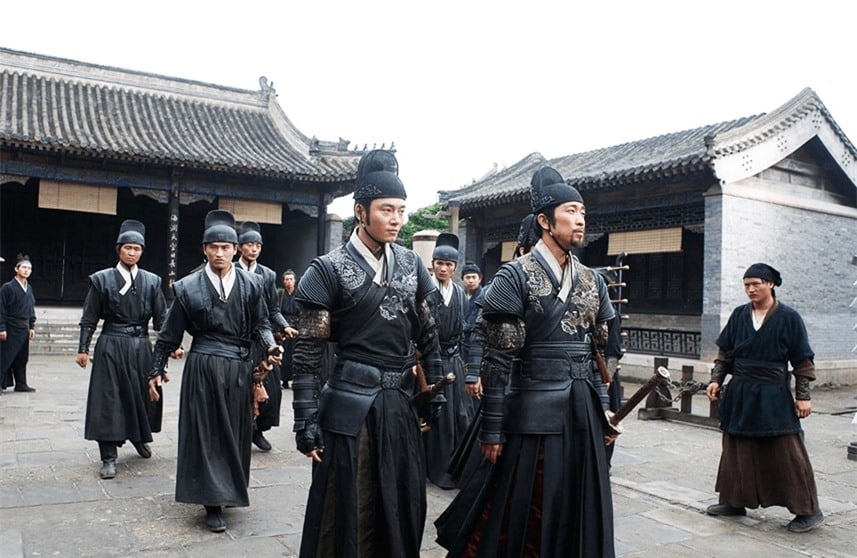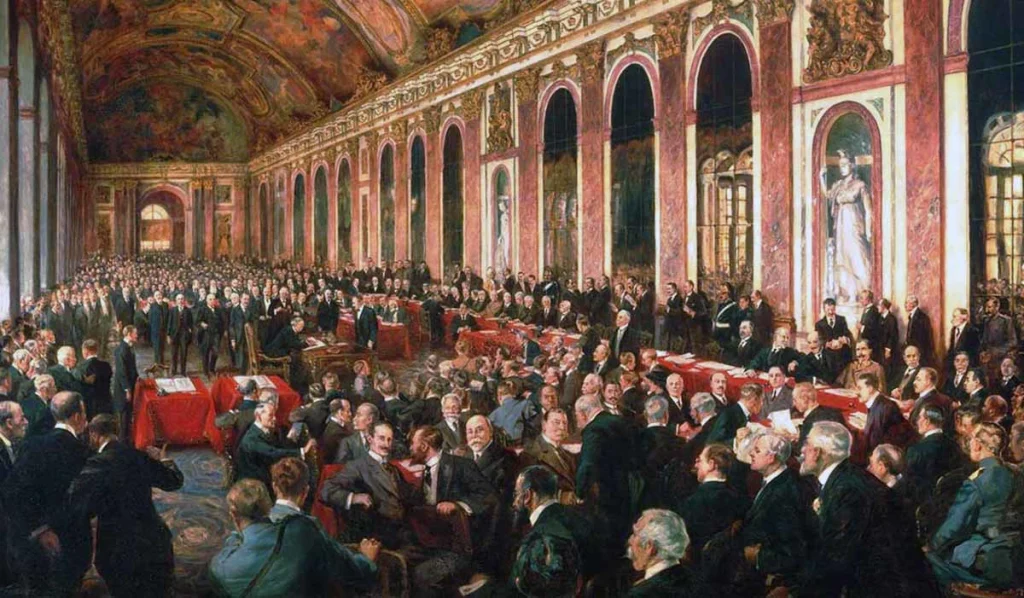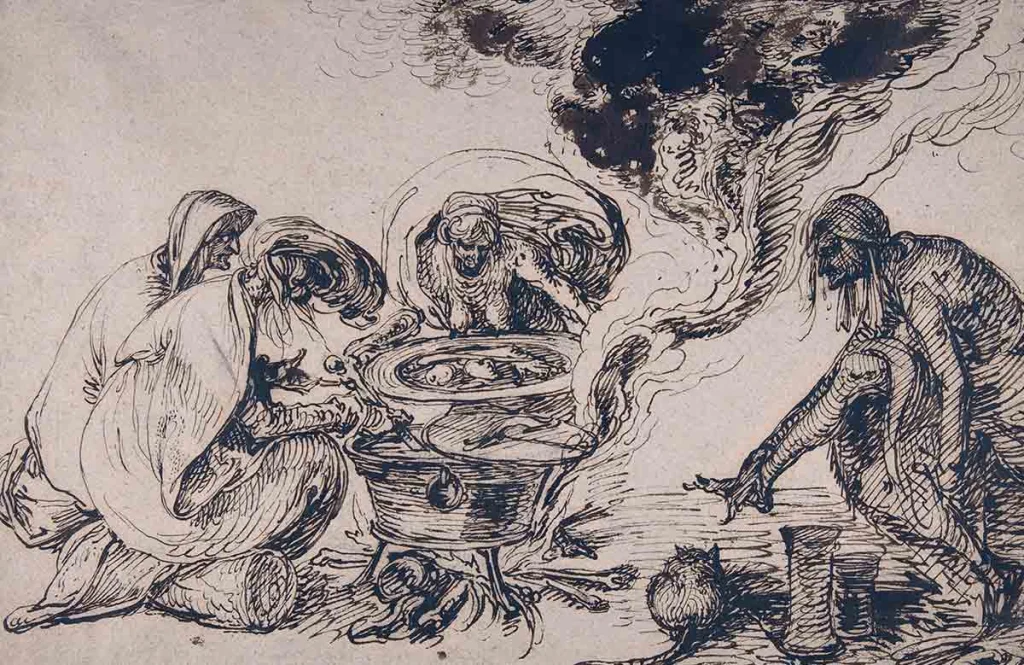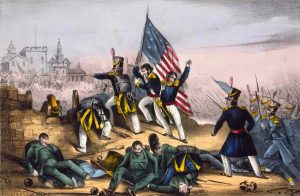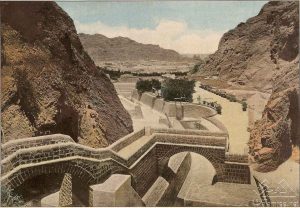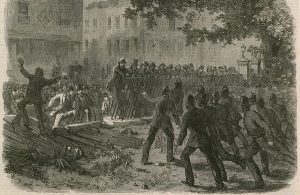The Jinyiwei (Embroidered-Uniform Guard) began as the Hongwu Emperor’s tool to bypass the civil bureaucracy and bring justice directly under the throne. It expanded rapidly—from arrest patrols to interrogation, detention, and executions—but soon revealed a fatal flaw: power without effective oversight turns on its master. Subsequent emperors tried to restrain it, then revived it, then balanced it with the eunuch-run Eastern Depot. In the end, the Jinyiwei never became a clean, personal instrument of imperial justice; instead, it fueled turf wars, corrupted due process, and helped earn the Ming a reputation for judicial darkness.
The Philosophy Behind a Secret Police: “One Person Rules the Realm”
In 1382 (Hongwu year 15), the founder of the Ming dynasty, Zhu Yuanzhang (the Hongwu Emperor), abolished earlier elite guard offices and created the Jinyiwei with a direct brief: protect the emperor’s person and patrol, arrest, and investigate. This was not just paranoia or a desire to terrorize officials—though both played a role. It stemmed from Hongwu’s governing creed: the state must answer to one will, not disperse power across ministers, law courts, and provincial yamen.
Traditional Chinese monarchy had long been a shared enterprise: emperors reigned, but officials largely ran administration and justice. Hongwu repudiated that compromise. He abolished the chancellorship, clipped local officials’ mobility and influence, and, crucially, built a parallel judicial pipeline he could control personally. The Jinyiwei was the sharp edge of that new pipeline.
Two Early Cases: How the Emperor Used His New Blade
- Guangxi, 1384 (Hongwu 17): A soldier accused a provincial commander, Jing Liang, of illegal acts. Before the Ministry of War and Ministry of Justice finished their inquiries, Hongwu sent the Jinyiwei to investigate on the spot. On their report, the emperor demoted Jing Liang.
- Zhejiang, 1386 (Hongwu 19): A fortune-teller accused the prominent Chen clan of Lishui of plotting rebellion. Hongwu dispatched a Jinyiwei officer, Zhu Yuan, to investigate. The county magistrate had already deemed the claim false; Zhu confirmed the finding and reported back. Still, Hongwu ordered Zhu to bring the entire case file and suspects to the capital. Only after the emperor personally interrogated the matter was it handed to the Ministry of Justice.
In both, the message is unmistakable: regular judicial procedure yields to imperial will whenever the throne wishes. The Jinyiwei didn’t just monitor officials; it skipped lines, determining what got investigated, by whom, and in what sequence.
Runaway Growth: From Patrols to Prisons—and the Axe
A normal Ming “guard” unit had around 5,600 personnel. By 1384, the Jinyiwei swelled by 14,200 billets to roughly 20,000. So did its remit: arrests grew into detention, interrogation, and even execution. This engineered speed—bypassing multi-tier appeals—made the guard devastatingly effective during Hongwu’s four great purges of the bureaucracy, when hundreds of thousands perished.
But the emperor soon tasted the poison within the cup he brewed. If he could not constantly supervise the supervisors, how could he be sure the Jinyiwei’s violence was truly his own will—and not the guard’s?
Hongwu’s Pullback: Burning the Tools, Keeping a Loophole
Hongwu’s own annals register the pivot. In 1387 (Hongwu 20) he publicly burned Jinyiwei torture instruments and transferred its prisoners to the Ministry of Justice. In 1393 (Hongwu 26), he forbade sending central or provincial cases to the Jinyiwei; all were to go through the formal judicial offices.
Yet both bans preserved a loophole: the Jinyiwei could still patrol and arrest. In other words, when the throne felt threatened, it could release the hound; when the heat abated, it could short-leash it again. Clever in theory—but also an admission that the emperor was hooked on the guard’s speed and fear factor.
Yongle’s Restoration: Near-Total Judicial Muscle
When Zhu Di (the Yongle Emperor) usurped the throne, he immediately re-armed the Jinyiwei. He added the Beizhen Fusi (“Northern Investigative Office”), the guard’s notorious imperial prison arm. The result was an almost end-to-end justice pipeline under the guard: investigation, arrest, confinement, interrogation, and execution—everything except the formal pronouncement of verdicts.
The chilling efficiency is captured in the fate of Xie Jin, Grand Secretary. In 1415 (Yongle 13), after the emperor reportedly uttered, “Is Xie Jin still alive?”, the statesman froze to death that very night—a disappearance so swift it mocked the idea of hearings, appeals, or ministerial review. Were this run through the ministries, even a death sentence would have required months or years of procedure.
Such a blade was irresistible—but it cut both ways.
The Counterweight Arrives: The Eastern Depot vs. the Guard
The Jinyiwei’s commander Ji Gang eventually struck at Yongle’s circle with sufficient force that the emperor grasped the core danger: unwatched watchers become a threat to the throne. In 1420 (Yongle 18), he created the Eastern Depot (Dongchang), a eunuch-run secret service empowered to investigate treason, slander, and “heinous crimes,” and to oversee and extract prisoners from the Jinyiwei itself.
If the Jinyiwei interrogated a prisoner, Eastern Depot agents could sit in. If the Depot opened a case, it could pull detainees out of Jinyiwei custody. It could also draft Jinyiwei personnel, punching holes in the guard’s corporate autonomy. In clashes, emperors typically sided with the Depot. From then on, the Jinyiwei’s capacity to threaten the throne dwindled—and with it, its edge.
After Hongxi and Xuande: The Bureaucracy Strikes Back
A watershed came in 1435 (Xuande 10) when the young Yingzong (Zhengtong Emperor) ascended and could not govern alone. The Grand Secretariat stepped forward as the coordinating brain of government. Officials exploited the moment to box in the Jinyiwei.
Key restraints took shape:
- Imperial Warrants (jia tie): Jinyiwei officers could no longer arrest by shouting their name. They needed a written imperial order, and that order typically had to be processed—notably by the Ministry of Justice’s Censorate branch (Xingke cishizhong)—to become a valid warrant.
- Secretariat Gatekeeping: The emperor’s commands increasingly required Grand Secretariat “ticketing” (deliberative countersignature). Without it, censors often refused to validate orders, citing fear of forged palace edicts by powerful eunuchs.
- Procedural Locks: Even for executions, the guard needed explicit imperial approval and the proper warrant, ostensibly to prevent prison-break scams or identity fraud at the execution ground. (A court record from the Yingzong era formalizes this procedure.)
These measures didn’t abolish the guard; they domesticated it—tying it back into the paper trails and gatehouses of the civil state.
Why the Jinyiwei Gets Blamed—And Why That’s Incomplete
Popular memory (and plenty of drama series) lay wrongful convictions at the feet of the Jinyiwei or the Eastern Depot. There’s truth there: both polluted investigations through torture and extralegal shortcuts. But final verdicts in the Ming typically issued from the Ministry of Justice (Xingbu) or the Censorate (Ducha Yuan) after documents cycled through the Grand Secretariat for imperial decision. That meant civil officials could, and sometimes did, challenge or overturn investigation results.
So while the Jinyiwei warped procedure, the systemic failures of Ming justice—delay, factionalism, show trials, collective punishment—were co-produced by the institutions that were supposed to restrain it.
The Verdict: A Failed Product of “One-Man Rule”
Hongwu wanted the Jinyiwei to liberate the throne from dependence on the bureaucracy. What he got was a permanent state of exception that he himself couldn’t control. He tried to quit—twice—then left a loophole. Yongle relapsed and supercharged the guard, only to discover he needed a second secret police (the Eastern Depot) to watch the first. Later, the Grand Secretariat and legal bureaus lashed the guard back to the cart of routine administration.
What remained was not a clean, sovereign tool but a tangled triangle—Jinyiwei vs. Eastern Depot vs. civil ministries—each gaming procedure, each claiming the emperor, none delivering consistent justice. Far from achieving the ideal of “one person rules the realm,” the system fractured authority, bred fear, and incentivized showy severity over sober law.
That is why, from the mid-Ming onward, historians often judge the dynasty’s legal culture as dark, chaotic, and politicized. The Jinyiwei is central to that story—but not as a triumphant instrument of imperial will. Rather, it stands as the most famous failed product of a governing philosophy that tried to make judgment synonymous with the ruler—and proved, again, that no one can rule alone.
Glossary
- Jinyiwei (Embroidered-Uniform Guard): Ming secret police/elite guard created by the Hongwu Emperor with powers of arrest, investigation, detention, interrogation, and at times execution.
- Beizhen Fusi: The Jinyiwei’s “Northern Investigative Office” in Beijing, notorious for its imperial prison.
- Eastern Depot (Dongchang): Eunuch-run secret service created by the Yongle Emperor to investigate major crimes and monitor the Jinyiwei.
- Grand Secretariat (Neige): The emperor’s policy-coordination office; over time, it controlled the processing (“ticketing”) of imperial orders.
- Ministry of Justice (Xingbu) & Censorate (Ducha Yuan): Civil judicial bodies that drafted, reviewed, and executed sentences.
- Hongwu / Yongle / Xuande / Zhengtong reigns: Major early Ming reign periods; rough anchors are 1368–98 (Hongwu), 1402–24 (Yongle), 1425–35 (Xuande), and 1435–49 (Zhengtong).

